Based on data from the Noah’s Ark National Biological Diversity Database, managed by the General Directorate of Nature Conservation and National Parks under the Ministry of Agriculture and Forestry, Türkiye is home to 3 phytogeographical regions: Euro-Siberian, Mediterranean and Irano-Turanian.
Acting as a natural bridge between Asia and Europe, Türkiye hosts a wide variety of ecosystems, including forests, mountains, steppes, wetlands, coastal, and marine areas, due to the rapid variation in its climatic and geographical conditions. This environmental richness makes the country one of the leading centers for biodiversity research globally.
Data collected through the National Biodiversity Inventory and Monitoring Project, which aims to protect this rich biological diversity, are being transferred to the Noah’s Ark National Biological Diversity Database.
All data, both geographical and literature-based, are stored in the database. This allows researchers to access detailed temporal and spatial statistics and information on species.
Each species in the database is assigned an individual identification card, enabling long-term data flow for tracking and analysis.
Inventory work on biological diversity is carried out through field studies and literature reviews for various species groups, including vascular plants, mammals, birds, freshwater fish, reptiles, and amphibians.
With the inclusion of flora, fauna, and key ecological areas, the number of records in the database has approached 2 million. This makes the database Türkiye’s largest government-backed biodiversity data source with significant strategic importance. To increase public interest, selected data and statistics are also shared with citizens.
As part of the National Biodiversity Inventory and Monitoring Project, the number of vascular plant species, initially recorded at 11,701 in 2013, rose to 12,141 by the end of the project.
Of the 3,692 endemic species identified locally and regionally, 3,496 are vascular plants. The records also include 403 freshwater fish species, 500 bird species, 175 mammal species, 146 reptile species, and 39 amphibian species.
In addition to species tracking, the project also identifies endangered species and ecologically important areas. As of last year, monitoring studies were ongoing in 194 flora sites, 111 fauna sites, and 45 ecologically significant zones.
Through this work, numerous species previously undocumented in Türkiye have been officially recorded, and some species entirely new to science have been added to global literature as a result of these inventory efforts.
Among the newly discovered species are: Allium istanbulenese (Istanbul onion) in Istanbul, Klasea yunus-emrei (Yunus Emre flower) and a local thyme species in Eskişehir, Viola denizilensis, a type of violet in Denizli, and a Cousinia species in Şırnak.
The information in the database is expected to serve not only conservation efforts but also a wide range of sectors where biodiversity has economic value, including food, agriculture, forestry, medicine, pharmacy, cosmetics, perfumery, natural dyes, energy and defense.

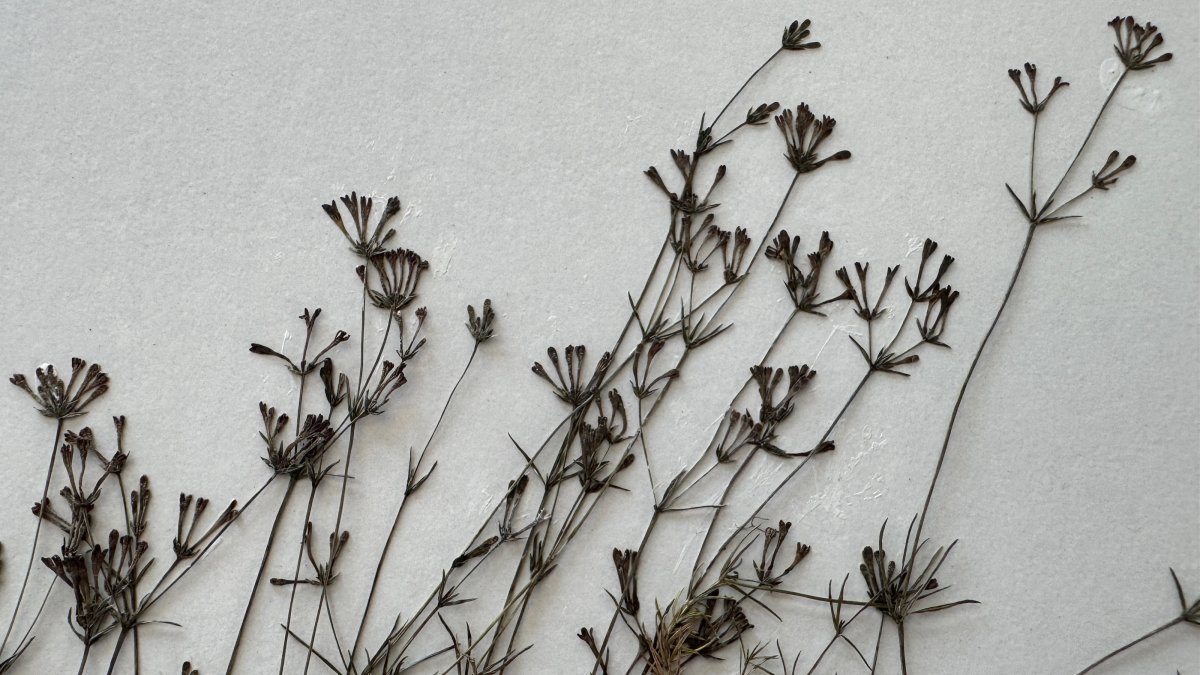






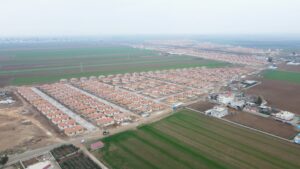


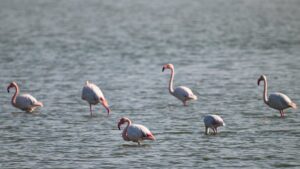



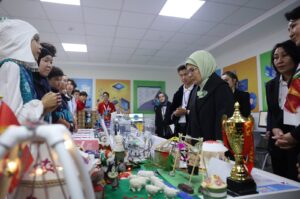





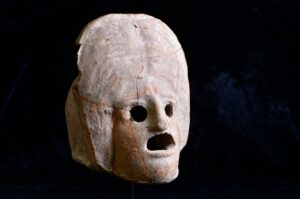










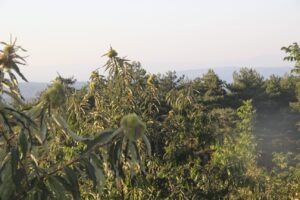



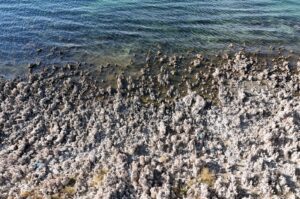






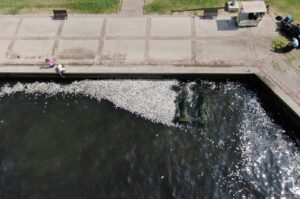








Be First to Comment